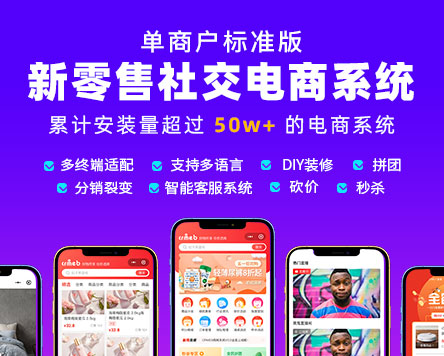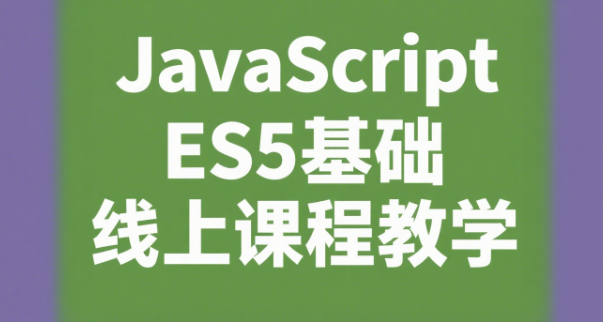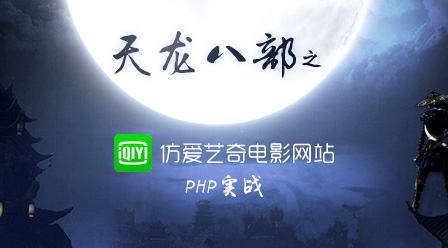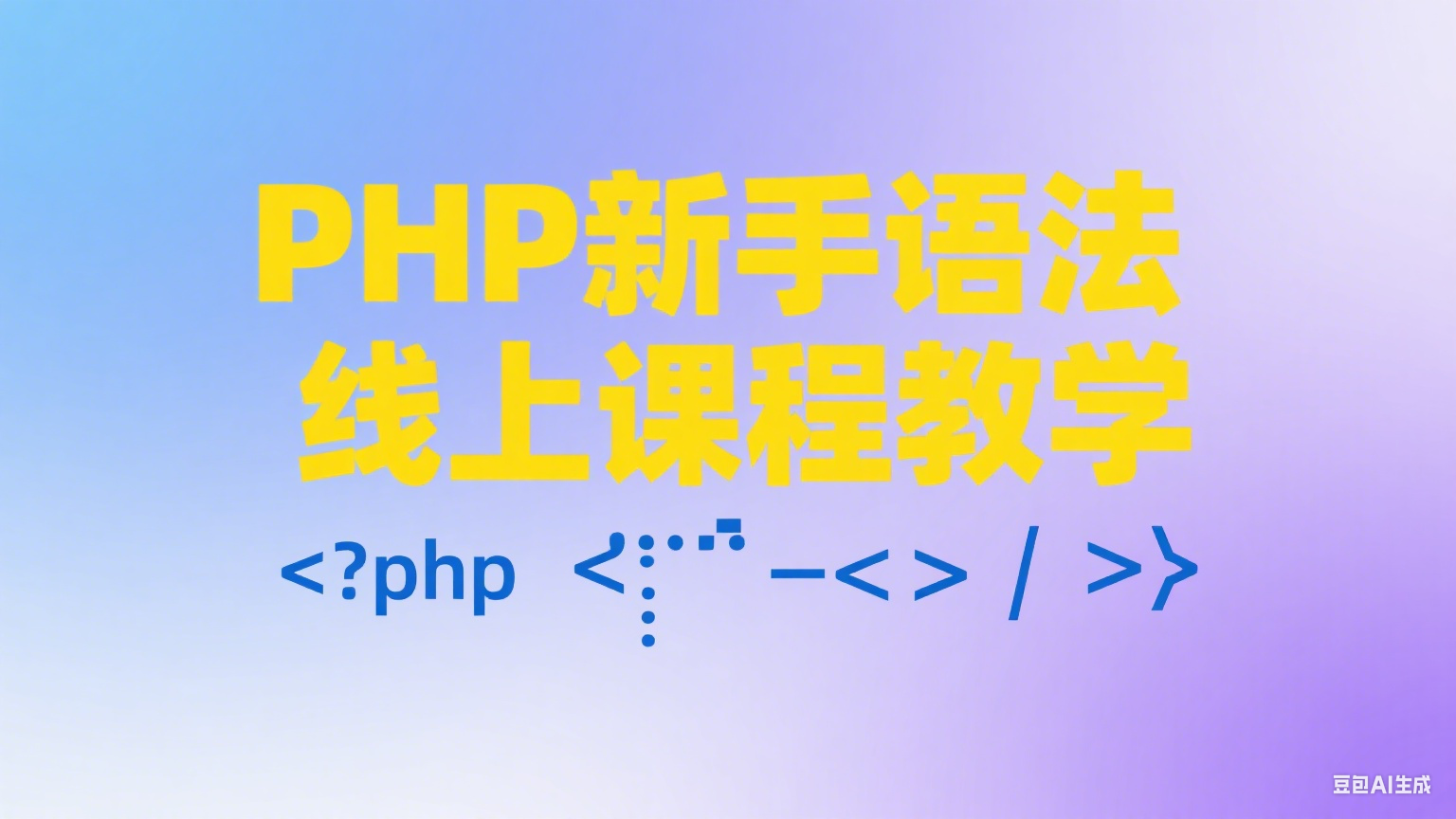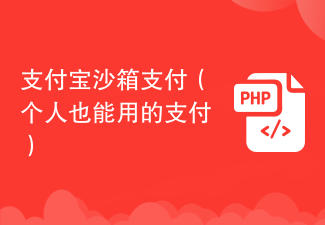有六种获取 Vue 元素的方法:使用 ref 属性、querySelector()、getElementById()、getChildren()、findAll(),以及子组件访问父元素($refs)。
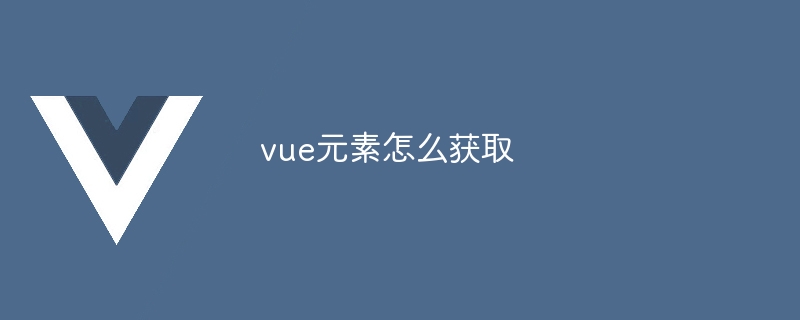
如何获取 Vue 元素
在 Vue.js 中,有多种方法可以获取元素:
1. 使用 ref 属性
ref 属性允许您将引用 Vue 实例中的元素存储在变量中。例如:
立即学习“前端免费学习笔记(深入)”;
<code class="html"><template>
<div ref="myElement"></div>
</template>
<script>
export default {
mounted() {
this.$refs.myElement // 获取元素
}
}
</script></code>登录后复制
2. 使用 querySelector()
您可以在 Vue 实例中使用 this.$el 来访问根元素,然后使用 querySelector() 获取子元素。例如:
<code class="js">this.$el.querySelector('.my-element'); // 获取元素</code>登录后复制
3. 使用 getElementById()
如果您知道元素的 ID,可以使用 getElementById() 直接获取它。例如:
<code class="js">this.$el.getElementById('my-element'); // 获取元素</code>登录后复制
4. 使用 getChildren()
如果您想获取根元素的所有子元素,可以使用 getChildren()。例如:
<code class="js">this.$el.getChildren(); // 获取所有子元素</code>
登录后复制
5. 使用 findAll()
findAll() 方法可用于获取匹配特定选择器的所有元素。例如:
<code class="js">this.$el.findAll('.my-element'); // 获取所有匹配 .my-element 选择器的元素</code>登录后复制
6. 使用 $refs 访问父元素
如果子组件需要访问其父元素,可以使用 $refs。例如:
<code class="html"><template>
<div ref="myChildElement"></div>
</template>
<script>
export default {
mounted() {
this.$parent.$refs.myChildElement // 获取父元素
}
}
</script></code>登录后复制
以上就是vue元素怎么获取的详细内容,更多请关注php中文网其它相关文章!

最佳 Windows 性能的顶级免费优化软件
每个人都需要一台速度更快、更稳定的 PC。随着时间的推移,垃圾文件、旧注册表数据和不必要的后台进程会占用资源并降低性能。幸运的是,许多工具可以让 Windows 保持平稳运行。
来源:php中文网

本文内容由网友自发贡献,版权归原作者所有,本站不承担相应法律责任。如您发现有涉嫌抄袭侵权的内容,请联系admin@php.cn
作者最新文章
-
2025-11-04 16:20:02
-
2025-11-04 16:18:02
-
2025-11-04 16:18:03
-
2025-11-04 16:17:02
-
2025-11-04 16:15:02
-
2025-11-04 16:07:02
-
2025-11-04 16:04:03
-
2025-11-04 16:02:02
-
2025-11-04 16:00:02
-
2025-11-04 15:58:02
最新问题
热门推荐
热门教程
更多>
相关推荐
热门推荐
最新课程
-
 vue-cli2入门到项目实战15985次学习
vue-cli2入门到项目实战15985次学习 收藏
收藏
-
 vue-cli4商城项目案例35059次学习
vue-cli4商城项目案例35059次学习 收藏
收藏
-
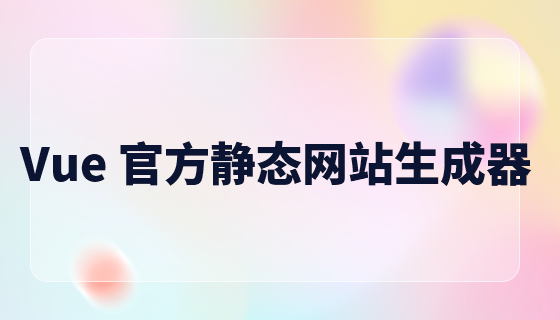 VuePress: Vue 官方静态网站生成器极速指南9565次学习
VuePress: Vue 官方静态网站生成器极速指南9565次学习 收藏
收藏













